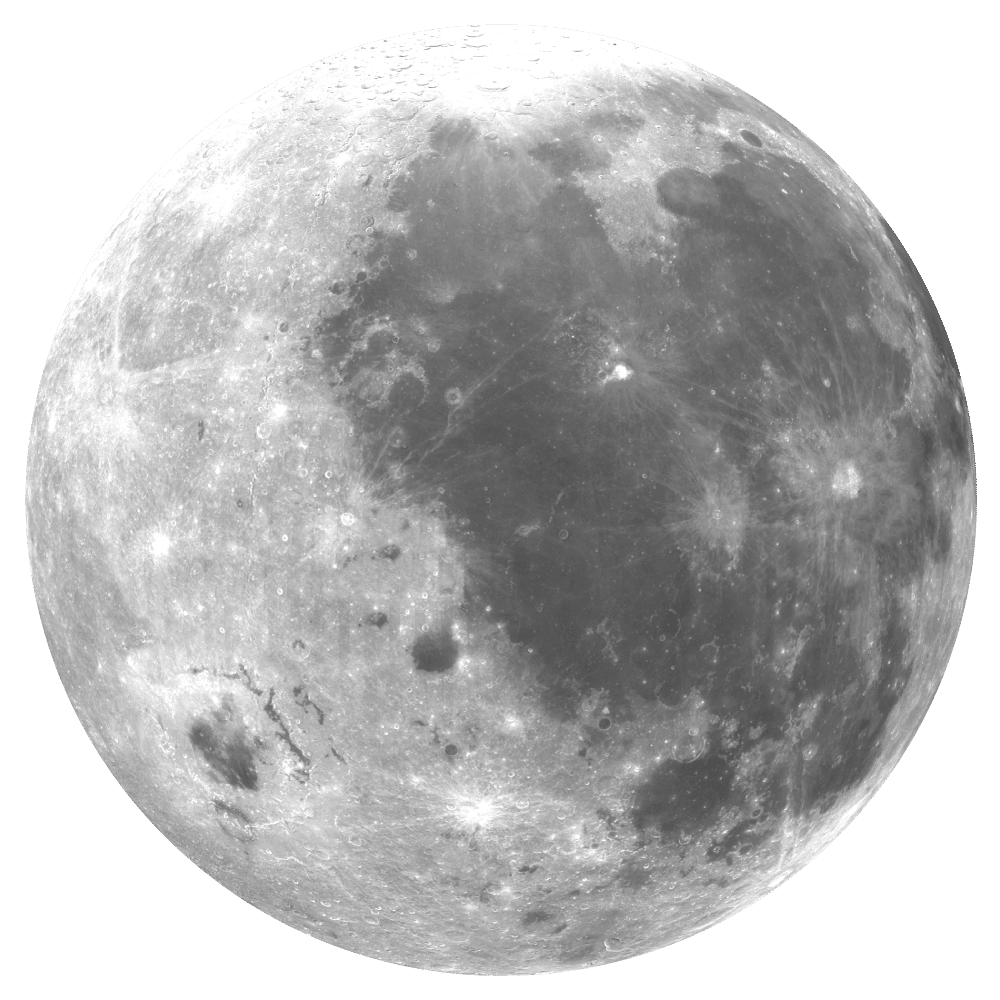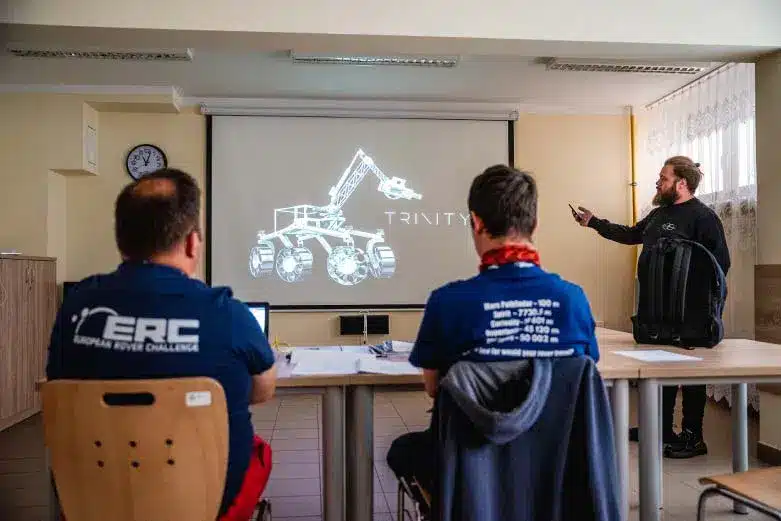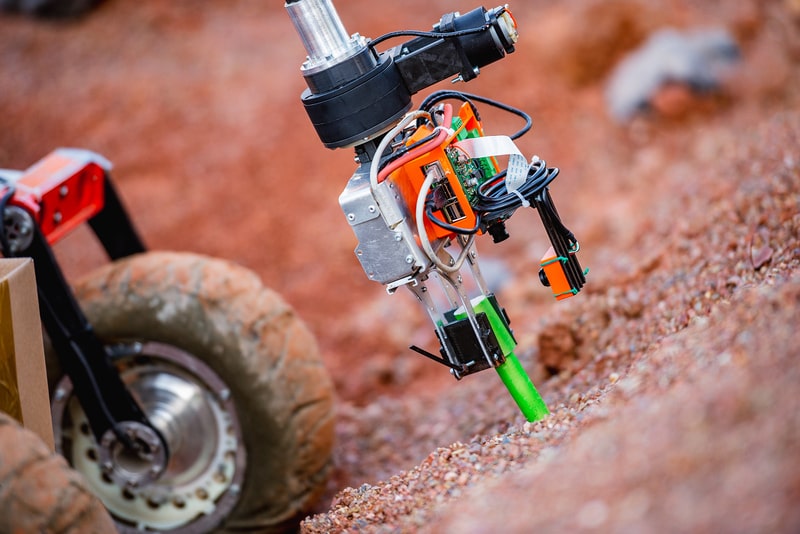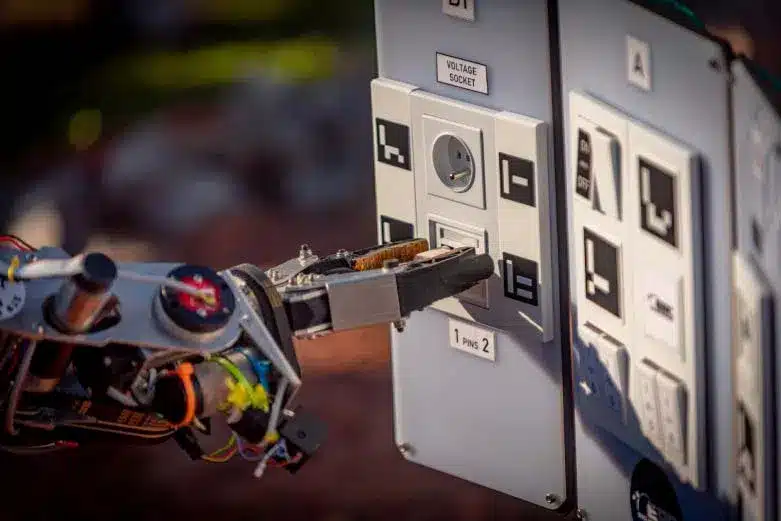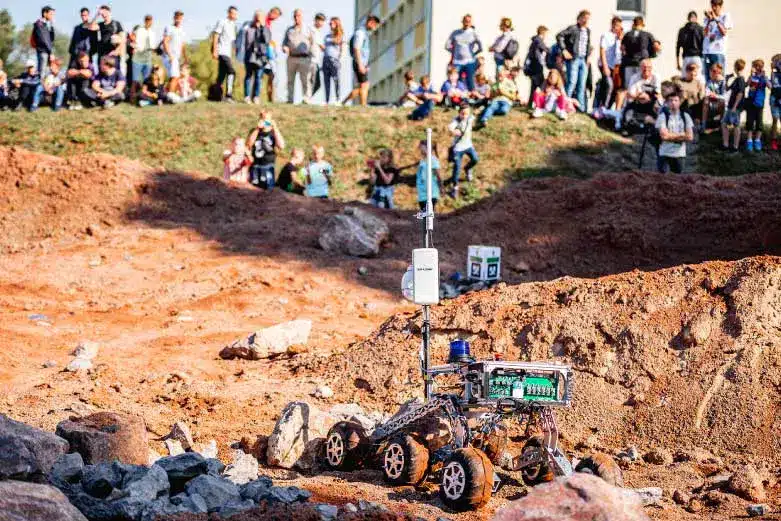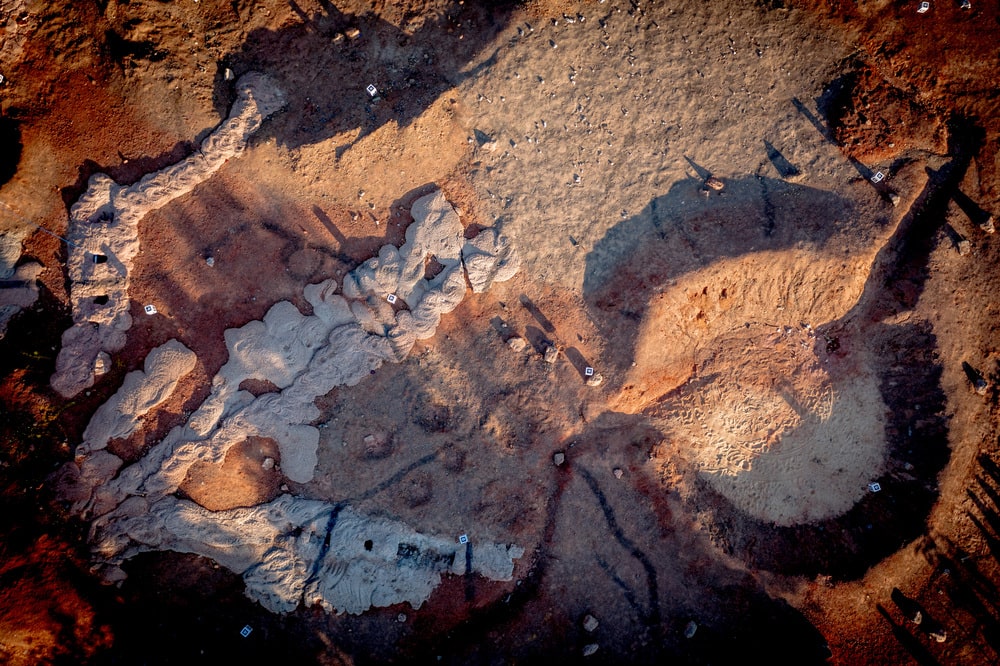Participation in the event enables competitors to meet with the world’s most prominent institutions’ experts from NASA, European Space Agency, EUSPA, German Aerospace Center (DLR), International Space University, and International Astronautical Federation, and furthermore validate their business ideas with leading companies in the European space sector, such as Thales Alenia Space, Airbus, and GMV.

